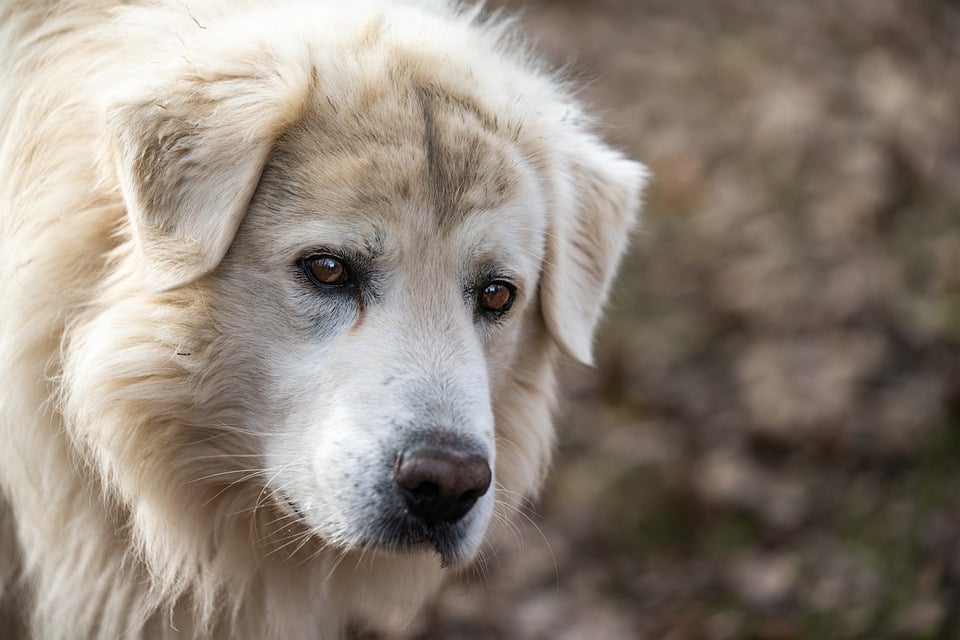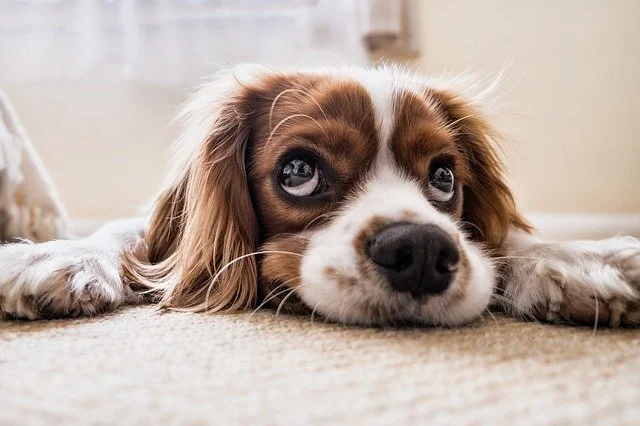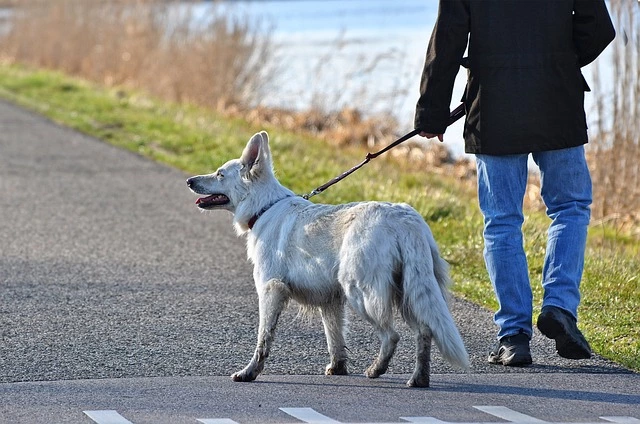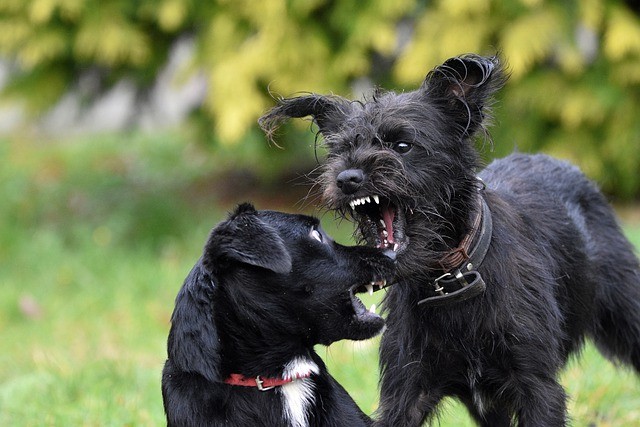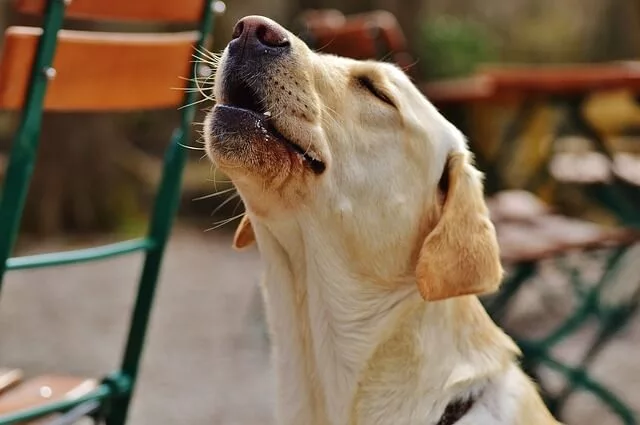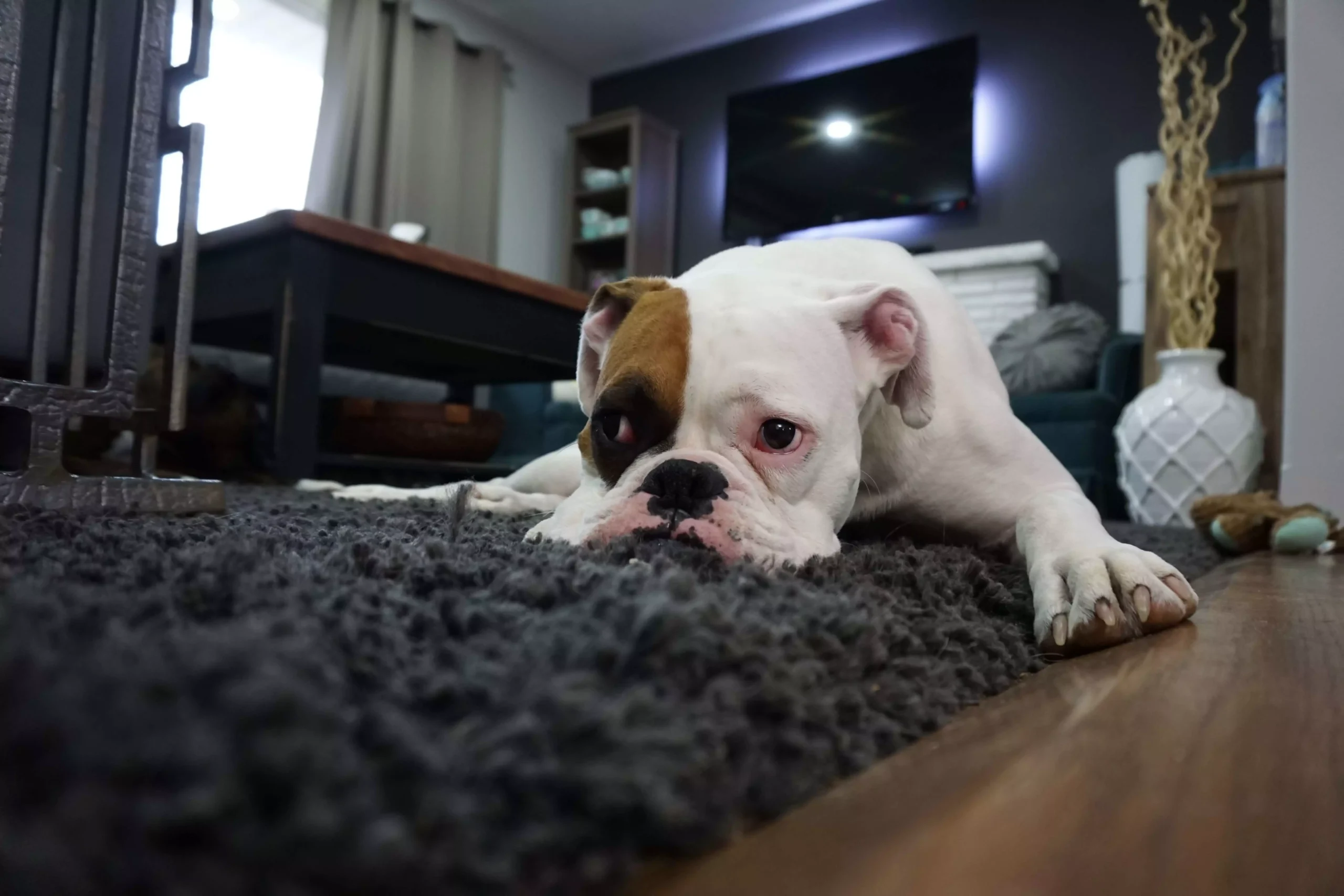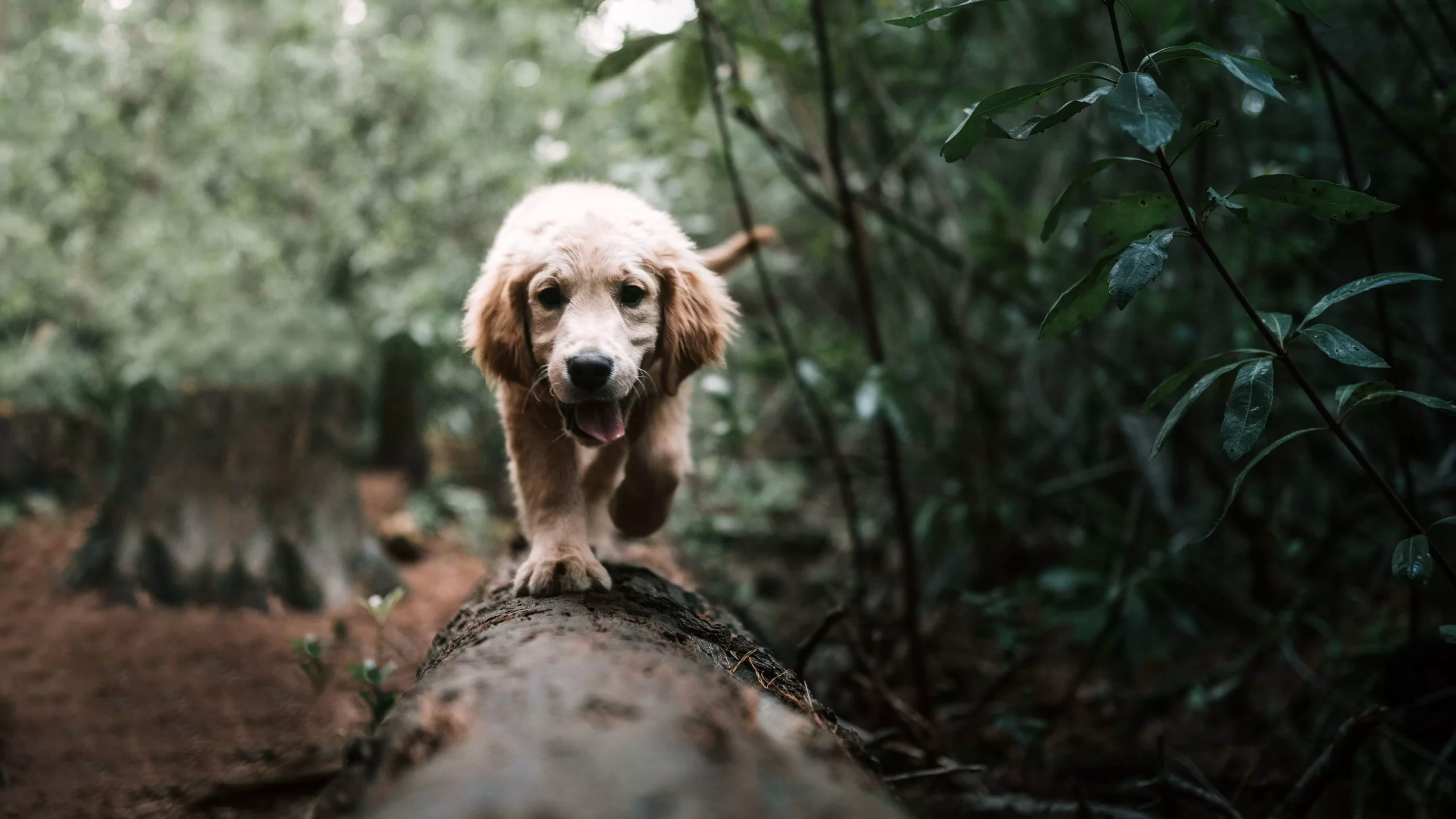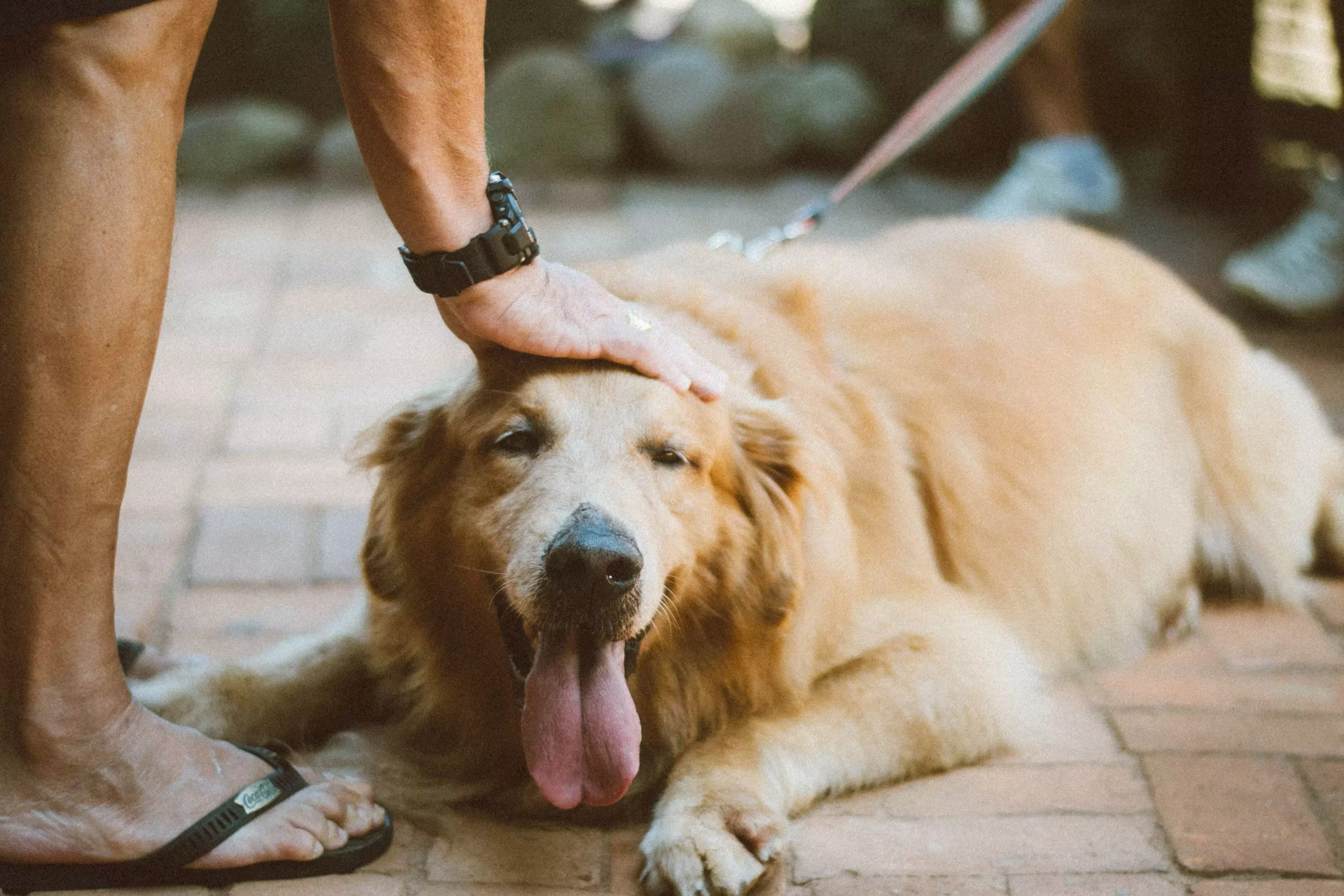Introduction:
Dog chewing is a natural behavior that helps puppies explore their world and relieve teething discomfort. However, when dogs chew on inappropriate items such as shoes, furniture, or electrical cords, it can become a frustrating and costly problem for owners. In this article, we will explore effective strategies to discourage chewing on inappropriate items and provide answers to frequently asked questions.
Understanding Why Dogs Chew: The Root Causes
1. Natural Instincts: Understanding the purpose of chewing in dogs
Dogs have an innate need to chew. Chewing helps them keep their teeth clean, exercise their jaws, and relieve stress. By understanding this natural instinct, dog owners can better address and redirect their dog’s chewing behavior.
2. Teething: How teething affects chewing behavior in puppies
Puppies go through a teething phase where their baby teeth fall out and adult teeth grow in. This process can be uncomfortable and lead to increased chewing behavior. Providing appropriate teething toys can help alleviate their discomfort and prevent them from chewing on inappropriate items.
3. Boredom and Anxiety: Recognizing emotional triggers for excessive chewing
Dogs may chew on inappropriate items out of boredom or anxiety. Ensuring they have enough mental and physical stimulation through exercise, interactive toys, and quality time spent with their owners can help prevent destructive chewing.
4. Lack of Exercise: The link between physical activity and chewing behavior
Insufficient exercise can contribute to excessive chewing as dogs may become restless and seek ways to release their pent-up energy. Regular exercise routines tailored to your dog’s breed and energy level can help reduce their urge to chew on inappropriate items.
Preventing Inappropriate Chewing: Establishing Boundaries
1. Puppy-Proofing Your Home: Removing tempting objects and securing valuable items
Remove objects that may tempt your dog to chew on them, such as shoes, socks, or children’s toys. Store valuable items out of reach or use baby gates to restrict access to certain areas until your dog learns appropriate chewing habits.
2. Providing Appropriate Chew Toys: Selecting safe and durable toys for your dog
Offer a variety of safe and durable chew toys specifically designed for dogs. Avoid toys that resemble household items to prevent confusion between appropriate and inappropriate items.
3. Supervision and Management: Keeping a watchful eye on your dog’s behavior
Supervise your dog closely, especially during their early stages of training. If you catch them chewing on inappropriate items, redirect their attention to an appropriate chew toy and provide positive reinforcement when they engage with it.
4. Crate Training: Utilizing crates to prevent unsupervised chewing
Crate training can be a useful tool in preventing unsupervised chewing. When you can’t supervise your dog, place them in a crate with appropriate chew toys to keep them occupied and prevent them from engaging in destructive behavior.
Effective Training Techniques: Redirecting Chewing Behavior
1. Positive Reinforcement: Using rewards to encourage desired chewing habits
Reward your dog with praise, treats, or playtime when they chew on appropriate items. This positive reinforcement helps them associate good behavior with rewards, encouraging them to choose appropriate chew toys over inappropriate items.
2. Deterrent Sprays and Repellents: Discouraging chewing on specific items
Use deterrent sprays or repellents on items you want to protect, such as furniture or electrical cords. These sprays have a bitter taste that dogs find unpleasant, discouraging them from chewing on those items.
3. Interrupt and Replace: Redirecting your dog’s attention to appropriate chew toys
If you catch your dog chewing on an inappropriate item, calmly interrupt them with a firm “no” and redirect their attention to an appropriate chew toy. Consistency is key to reinforcing this behavior.
4. Chew Toy Rotations: Keeping your dog engaged by periodically introducing new toys
Rotate your dog’s chew toys regularly to keep them engaged. Introducing new toys and removing old ones prevents boredom and encourages them to focus their chewing behavior on appropriate items.
FAQs – Frequently Asked Questions
1. Why does my dog only chew on certain items?
Dogs may prefer certain textures or objects based on their individual preferences. It’s essential to provide a variety of appropriate chew toys to meet their needs.
2. Is it normal for adult dogs to chew?
Some adult dogs may continue to chew, especially if they haven’t been taught appropriate chewing habits as puppies. Training and providing appropriate chew toys can help redirect their chewing behavior.
3. How can I stop my dog from chewing on furniture?
Prevent access to furniture by using baby gates or closing off certain rooms. Provide alternative chew toys and ensure your dog gets enough exercise and mental stimulation.
4. What should I do if my dog has swallowed something dangerous?
If you suspect your dog has swallowed something dangerous, contact your veterinarian immediately. They can provide guidance on whether your dog needs immediate medical attention or if it will pass naturally.
5. Should I punish my dog for chewing on inappropriate items?
Punishment is not recommended as it can create fear and anxiety in your dog, potentially exacerbating their chewing behavior. Focus on positive reinforcement and redirecting their attention to appropriate chew toys.
6. Can certain breeds be more prone to excessive chewing?
Some breeds, such as Labrador Retrievers and Golden Retrievers, are known to be more prone to chewing due to their innate instincts and high energy levels. However, any dog can develop excessive chewing behavior if their needs are not met.
7. How long does the chewing phase typically last in puppies?
The teething phase in puppies can last from three to eight months. However, chewing is a lifelong behavior for dogs, so it’s important to establish good habits early on.
Conclusion:
Discouraging chewing on inappropriate items requires a combination of preventive measures, effective training techniques, and understanding the root causes of your dog’s chewing behavior. By implementing the strategies outlined in this article, you can redirect your dog’s chewing habits and promote a healthier, more harmonious relationship between you and your furry companion. Remember, patience and consistency are key in successfully curbing this natural behavior.

